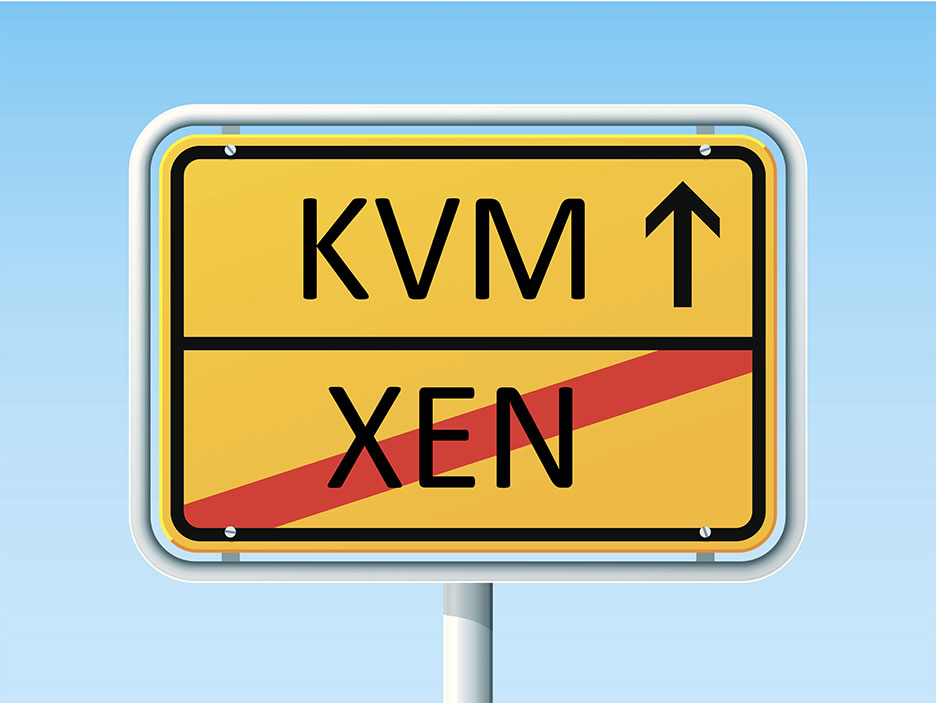In this article you will read about
- why the Open Telekom Cloud will rely on KVM instead of Xen in the future,
- the benefits of the KVM hypervisor, and
- why companies should now switch from Xen-based flavors to KVM flavors.
The Open Telekom Cloud will in future rely exclusively on the Kernel-based Virtual Machine (KVM) hypervisor. Previously, a number of flavors and services based on the previous virtualization technology, Xen, were still available. Now all flavors of the Elastic Cloud Server offering and dedicated hosts based on Xen will be switched off by August 31, 2020 and replaced by KVM-based alternatives. Companies currently using flavors such as Disk Intensive I or High Performance I based on the previous Xen hypervisor should therefore migrate to an equivalent KVM flavor now. SAP Netweaver flavors are an exception to this rule.
The following table shows the affected Xen flavors together with their KVM equivalent:
